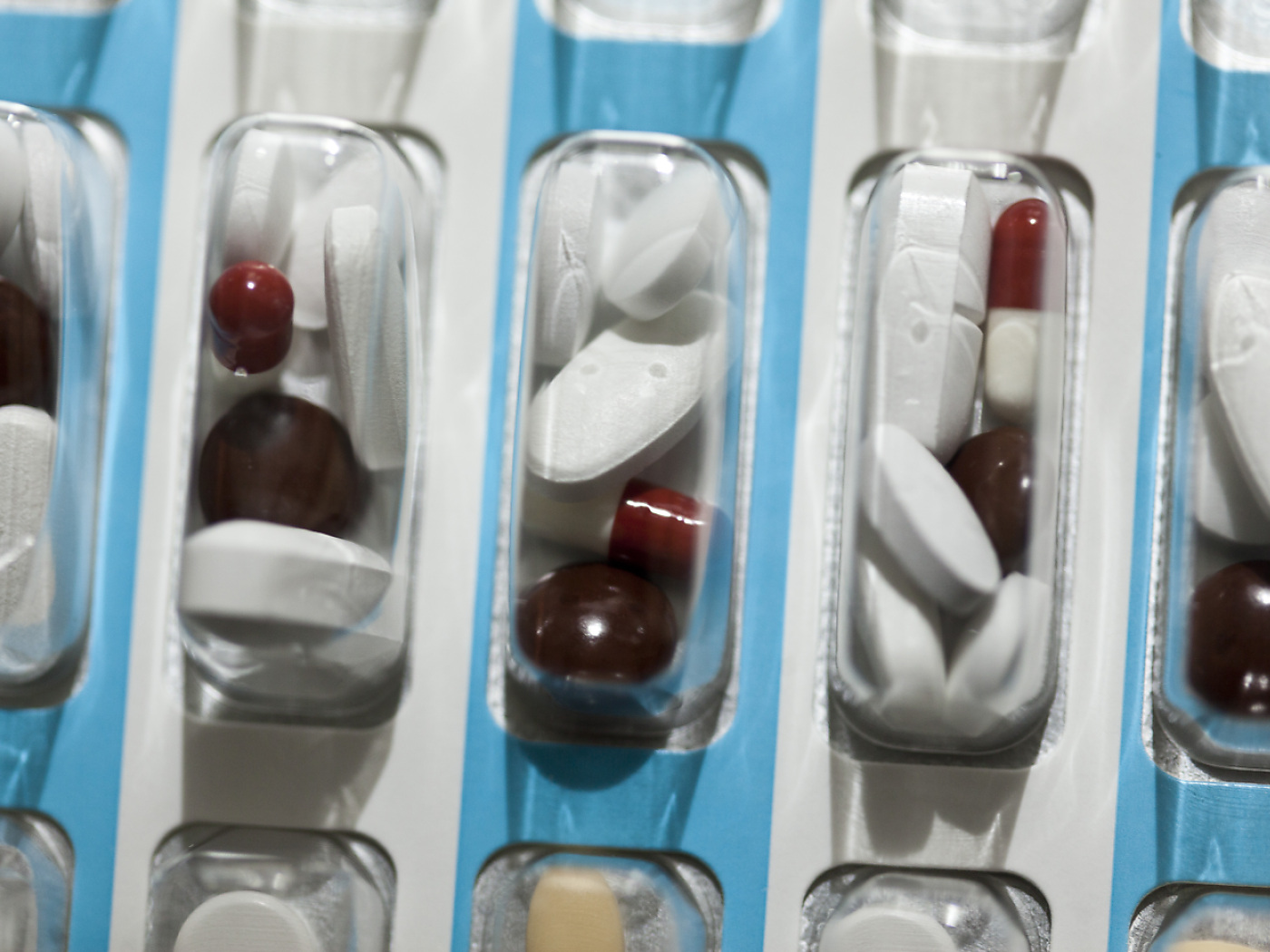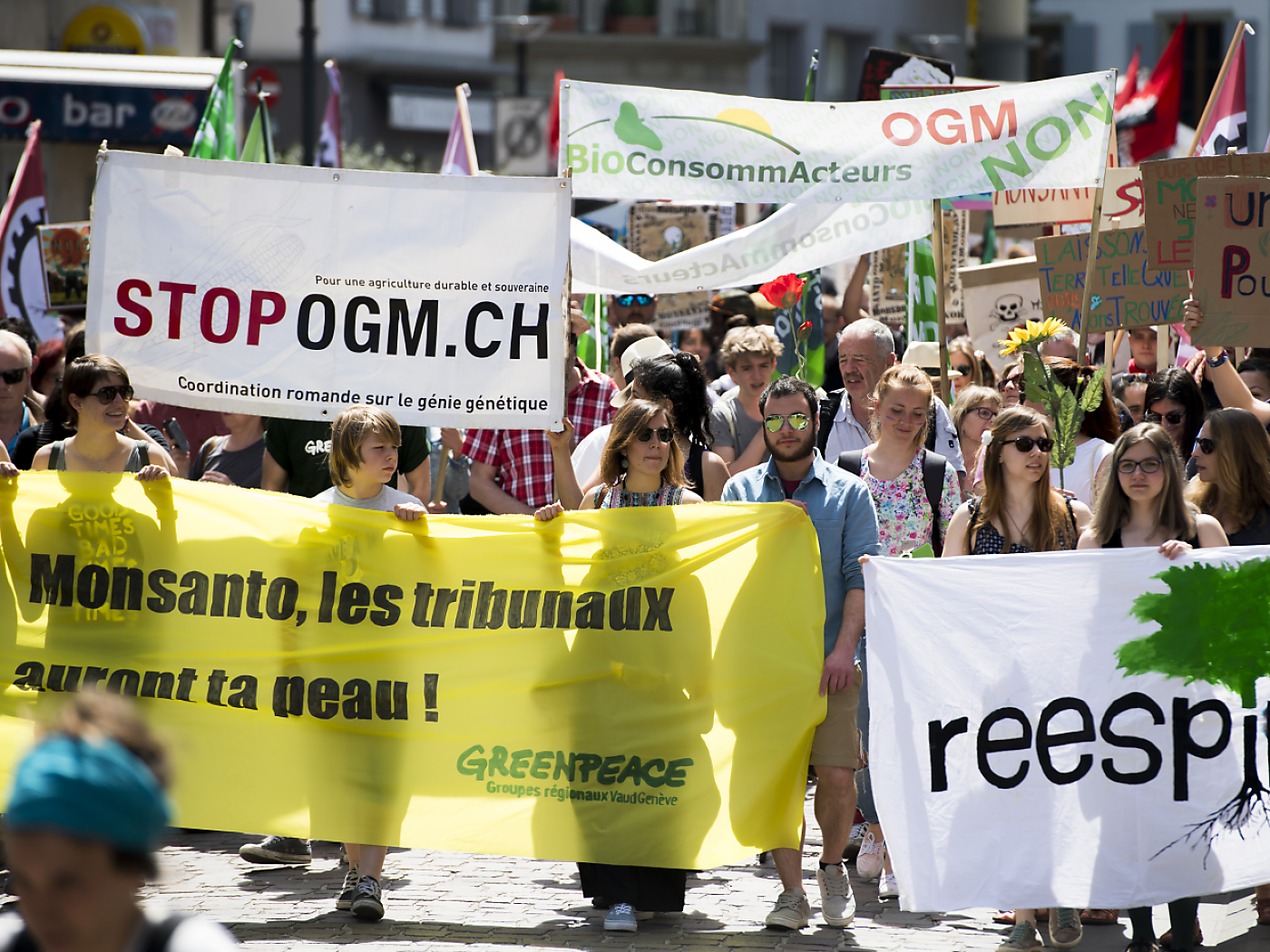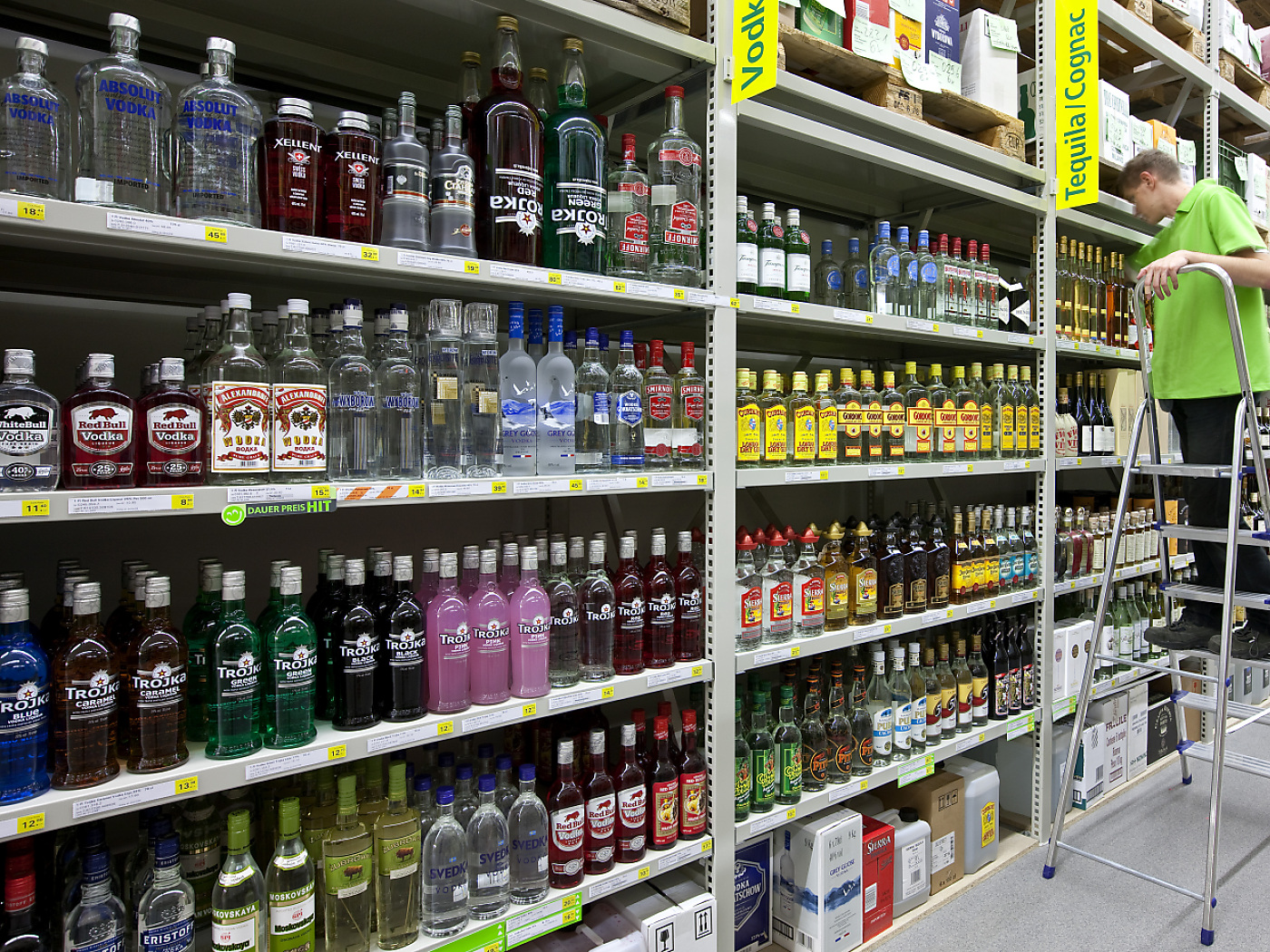The pharma sector saw growth in Switzerland Keystone-SDA Listen to the article Listening the article Toggle language selector English (US)
Topics:
Swissinfo considers the following as important: 3) Swiss Markets and News, 3.) Swissinfo Business and Economy, Featured, newsletter
This could be interesting, too:
Eamonn Sheridan writes CHF traders note – Two Swiss National Bank speakers due Thursday, November 21
Charles Hugh Smith writes How Do We Fix the Collapse of Quality?
Marc Chandler writes Sterling and Gilts Pressed Lower by Firmer CPI
Michael Lebowitz writes Trump Tariffs Are Inflationary Claim The Experts

The Swiss economy benefited from strong expansion in the chemical and pharmaceutical industry in the second quarter of 2024. The weak economy in Europe, on the other hand, is a drag.
+ Get the most important news from Switzerland in your inbox
In the period from April to June 2024, real gross domestic product (GDP) increased by 0.5% on an adjusted basis compared to the previous quarter, which was “slightly above average”, as announced by the State Secretariat for Economic Affairs (Seco) on Tuesday. GDP had grown by 0.3% in each of the previous two quarters.
Weak industry in Europe
According to the Seco figures, value added in the manufacturing sector, i.e. in traditional industry, grew at an above-average rate of +2.6% in the second quarter. The chemical and pharmaceutical industry in particular (+8.4%) achieved strong quarterly growth thanks to the dynamic development of exports.
+ Who benefits from Swiss free trade agreements?
“The Swiss sector mix with the strong pharmaceutical industry has had a positive impact on the country’s GDP,” Felicitas Kemeny, Head of the Economic Affairs Division at Seco, told the news agency AWP. This is in comparison to Germany, for example, where the crisis-ridden automotive and machinery industries are predominant.
The weak development of industry in Germany, as in other European countries, has also led to a decline in value added in all sectors except pharmaceuticals.
Foreign trade as a pillar
According to Seco, foreign trade as a whole was also a “significant pillar of growth”. Exports of goods rose by 6.9% thanks to pharmaceutical exports, while exports of services increased by 1.5%.
Domestic demand, on the other hand, stagnated, as did imports of goods and services. Investment in equipment (-1.4%) even fell slightly, with less being invested in vehicles in particular, but also in machinery and research and development, according to Seco.
This was offset by moderate increases in construction investment (+0.5%) and consumer spending. Both government consumption (+0.2%) and private consumption (+0.3%) grew at a below-average rate in the quarter under review – the latter supported primarily by spending on housing and healthcare, but also in the restaurant and hotel services sector, for example.
However, the slowdown should not be over-interpreted. “Private consumption was slightly less strong than in the last quarter,” said Kemeny. However, the environment is still not bad with the stable development on the labor market and consumer sentiment, which is at a low level but has recently improved.
Meanwhile, stagnating domestic demand was reflected in a weak increase in value added in the services sector, with considerable heterogeneity between the individual sectors, as Seco emphasises. In the hospitality industry (+2.7%), for example, value added increased significantly, while the healthcare and social services sector (+1.1%) also grew. On the other hand, financial services (-0.2%), retail trade (-0.4%) and trade as a whole (-1.2%) recorded moderate declines.
“Quite respectable”
Economists are generally positive about today’s figures. “The Swiss economy picked up quite a bit in the second quarter,” says Brian Mandt from LUKB, for example. And Thomas Gitzel from VP Bank says: “In view of the adverse global economic environment, Swiss GDP growth is certainly respectable.”
However, he points out that sluggish economic development in the neighboring eurozone is dampening Swiss growth. Mandt from LUKB takes a similar view. However, he assumes that the investment climate will brighten and that investment in equipment will then make a positive contribution to economic growth again.
Felicitas Kemeny from Seco expects the pace of expansion to remain “moderate”. Indicators such as the KOF Barometer, the Purchasing Managers’ Index PMI and consumer sentiment suggest this. However, a new GDP forecast from Seco will not follow for a good two weeks.
Translated from German by DeepL/mga
This news story has been written and carefully fact-checked by an external editorial team. At SWI swissinfo.ch we select the most relevant news for an international audience and use automatic translation tools such as DeepL to translate it into English. Providing you with automatically translated news gives us the time to write more in-depth articles.
If you want to know more about how we work, have a look here, if you want to learn more about how we use technology, click here, and if you have feedback on this news story please write to [email protected].
Tags: Featured,newsletter










